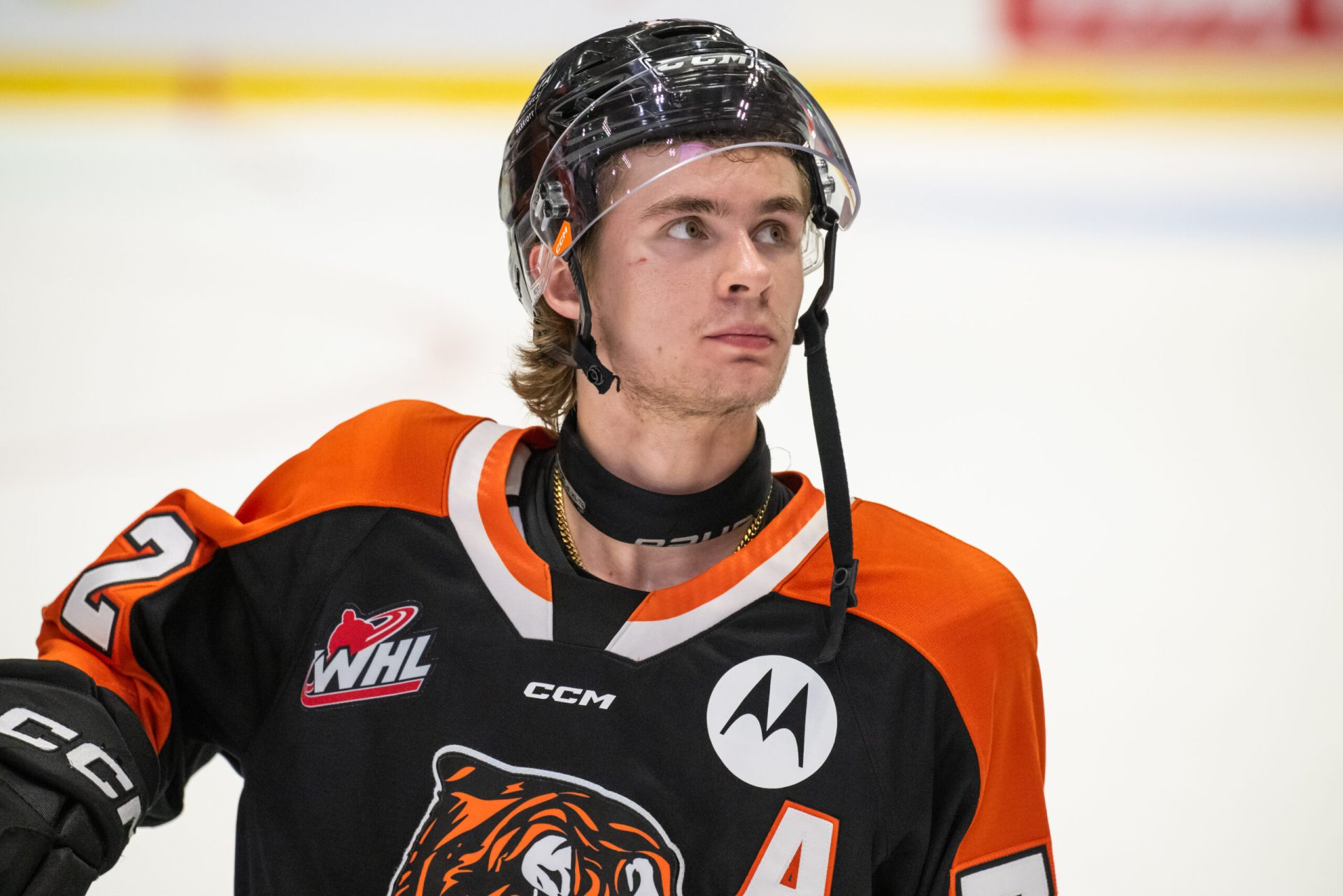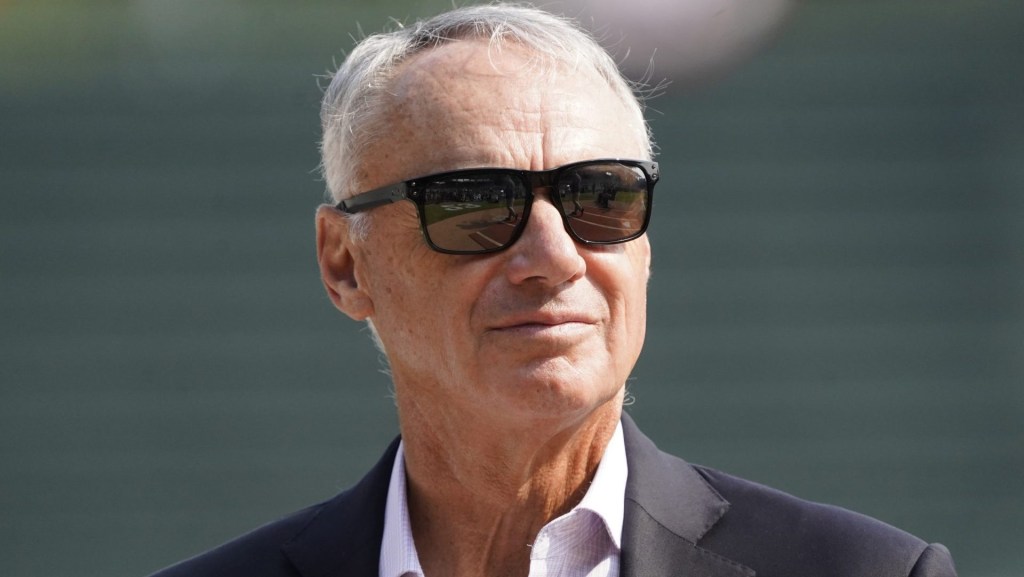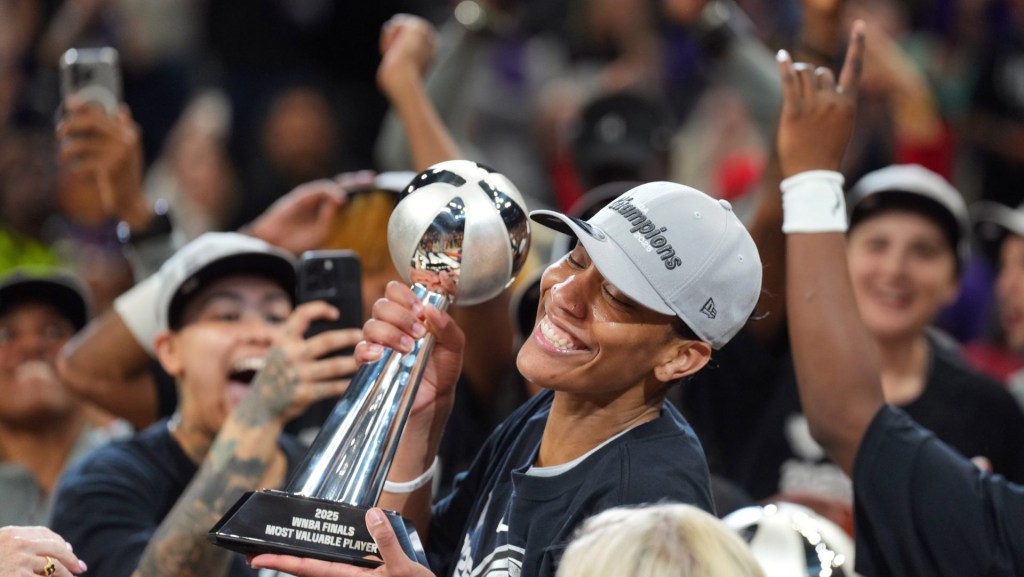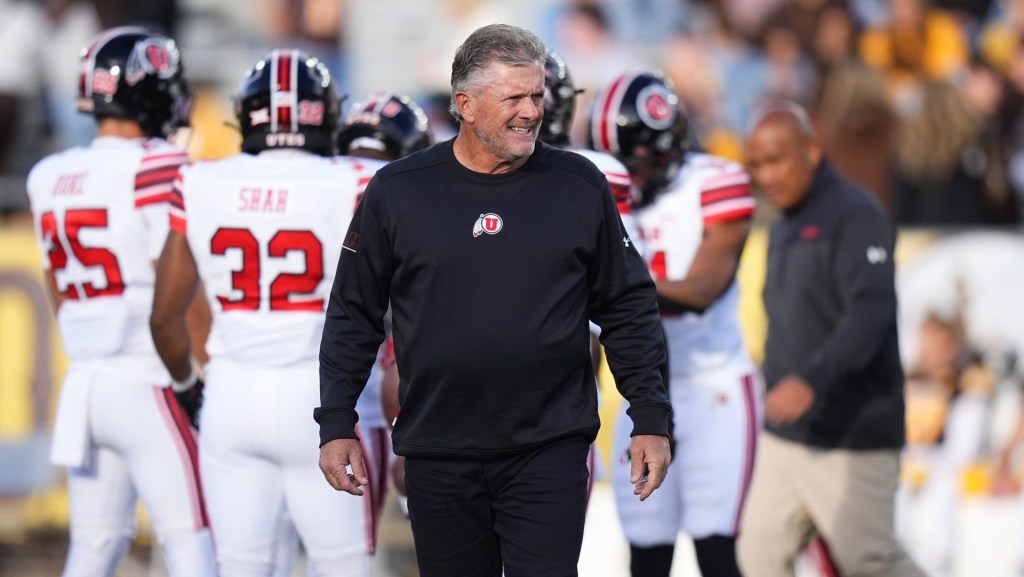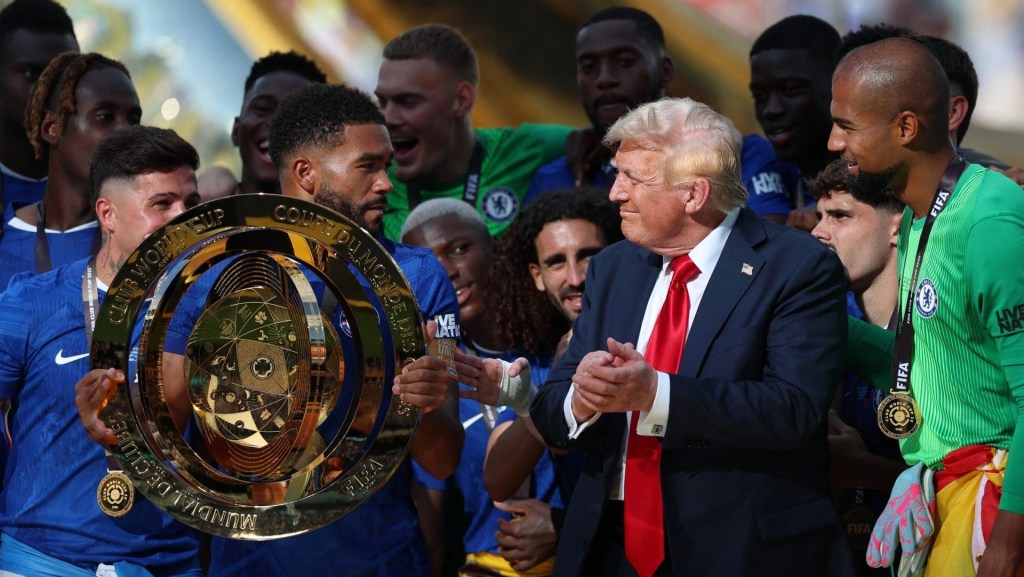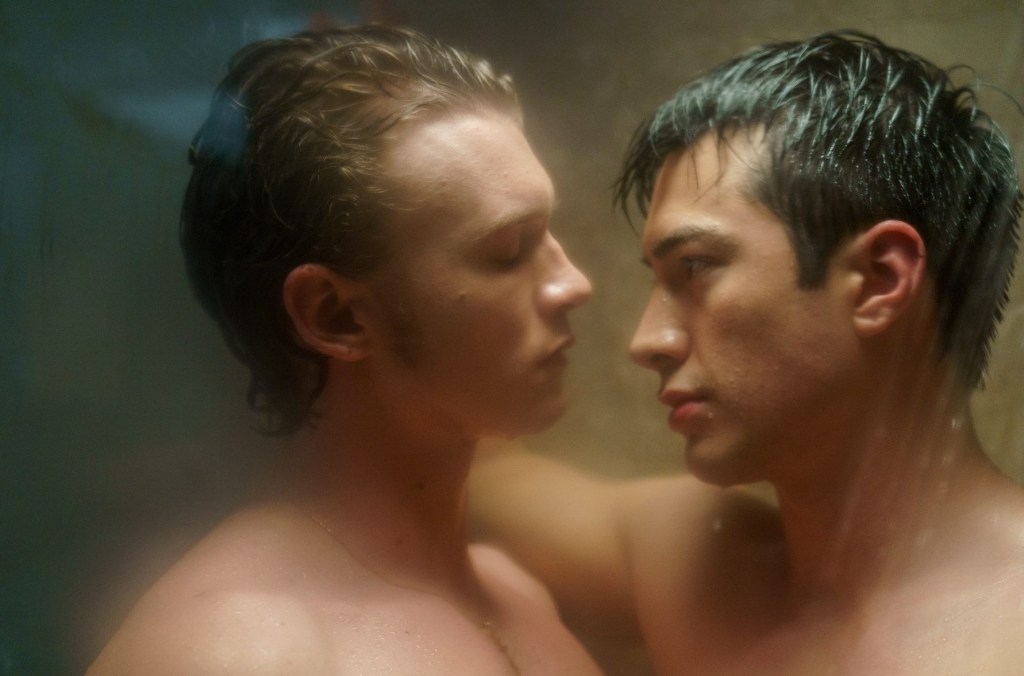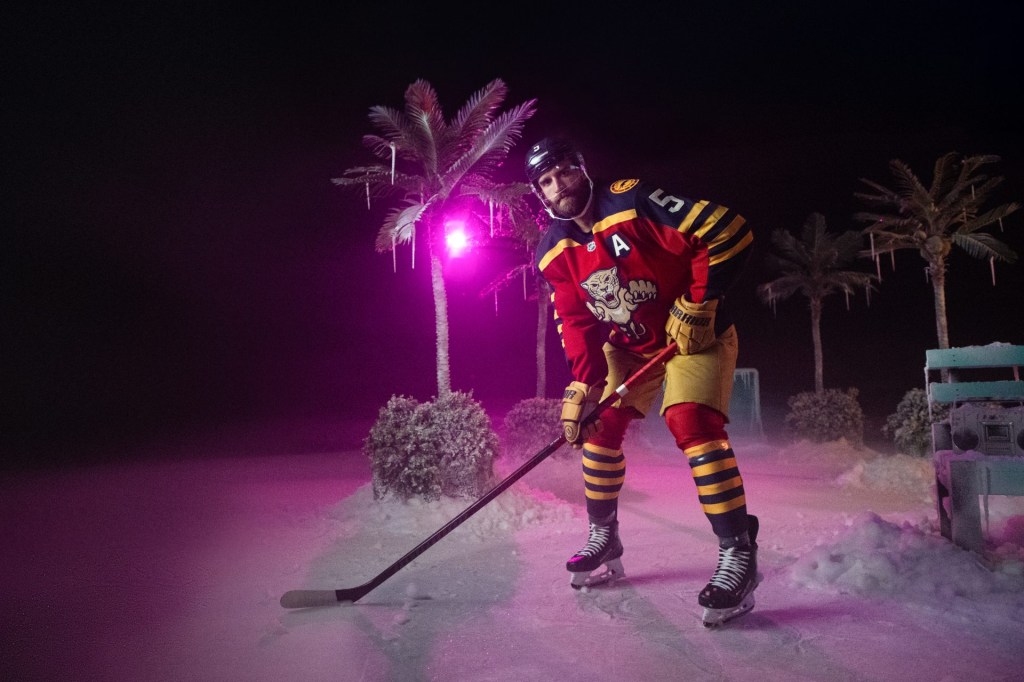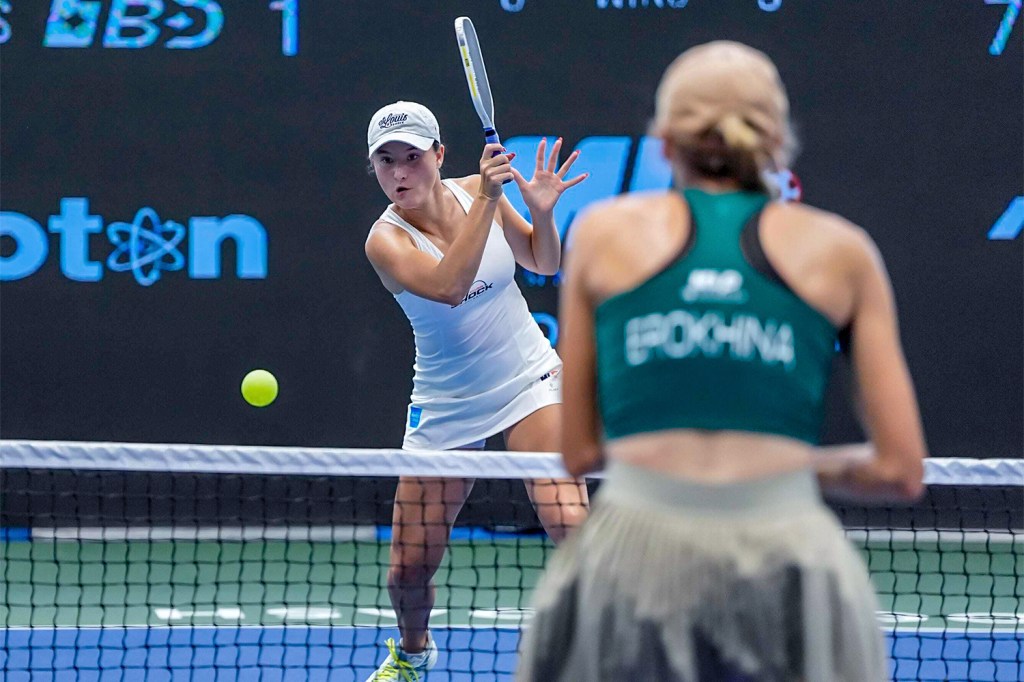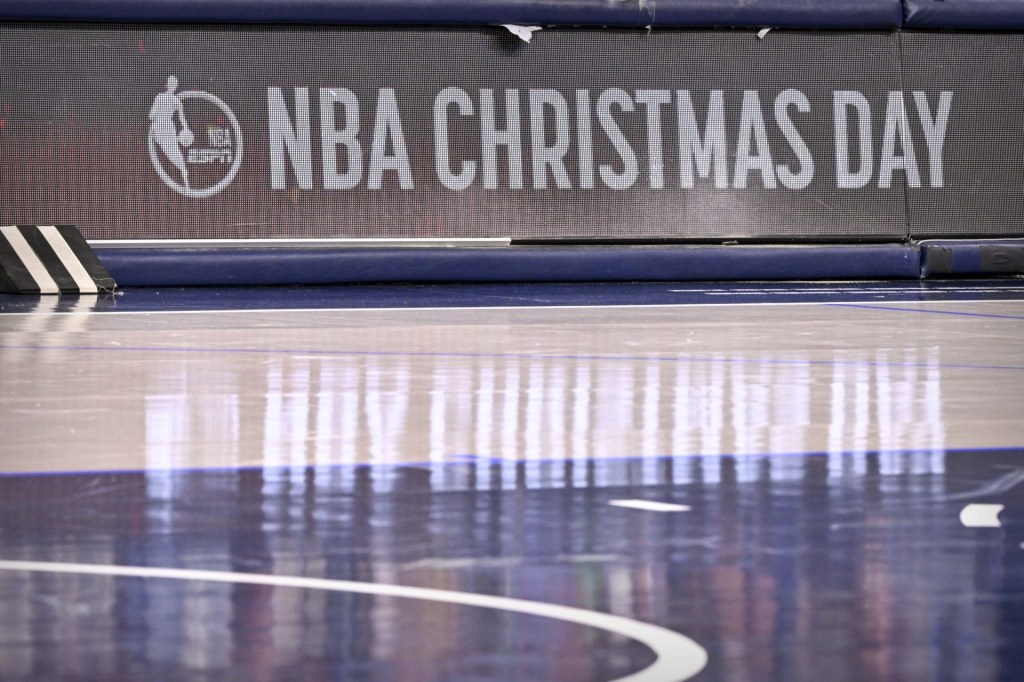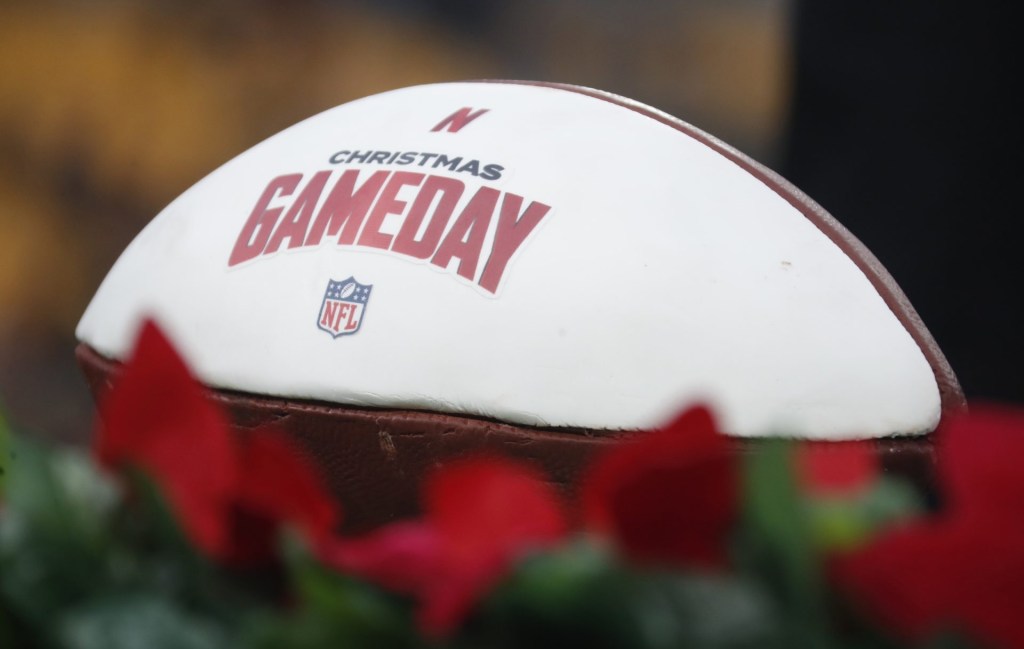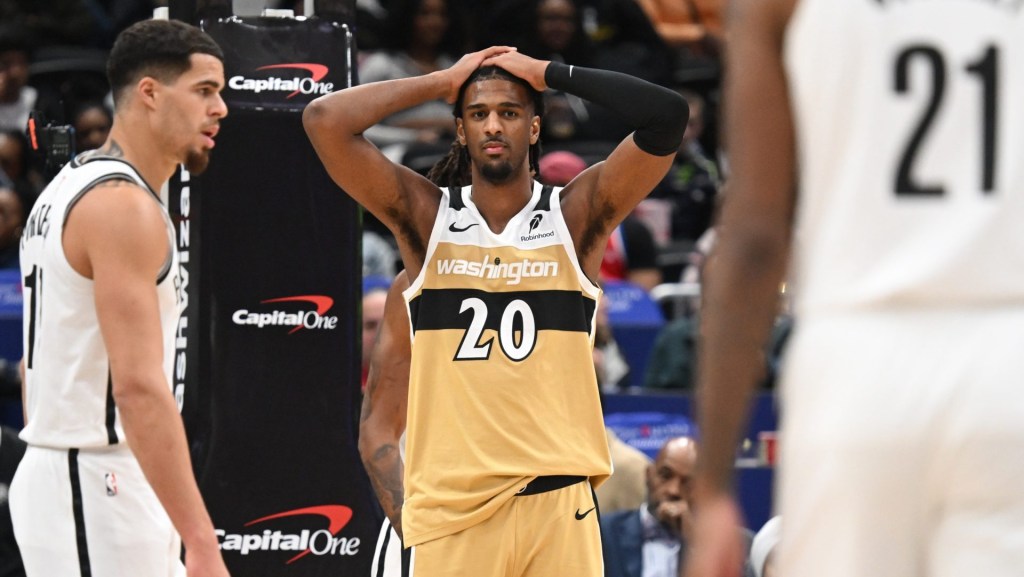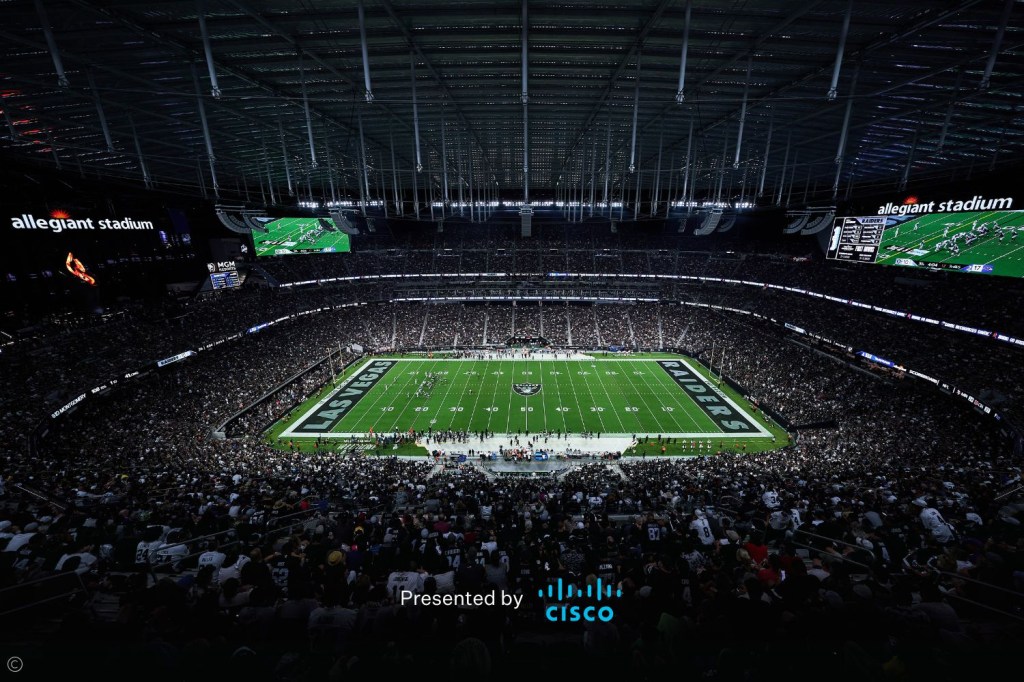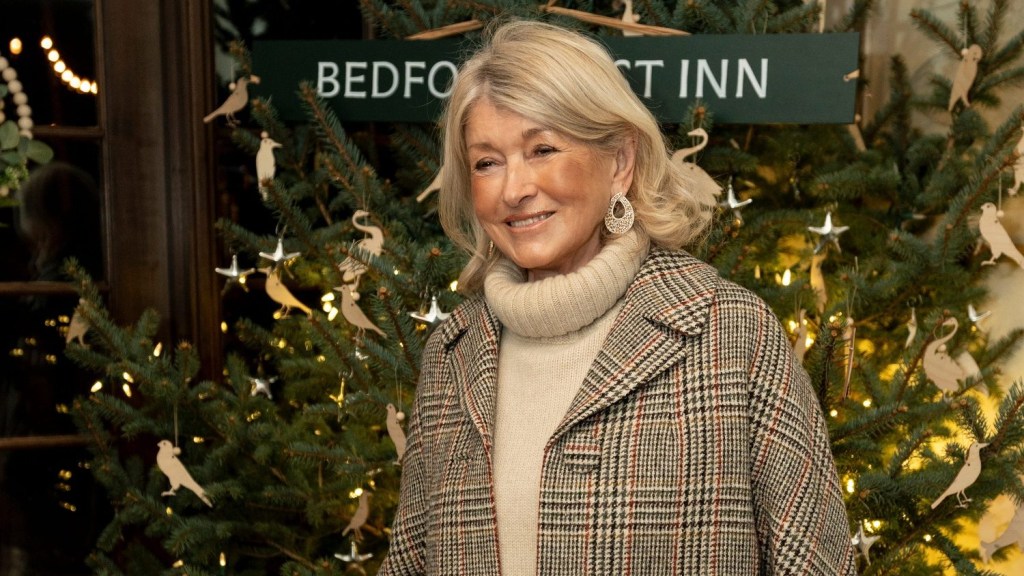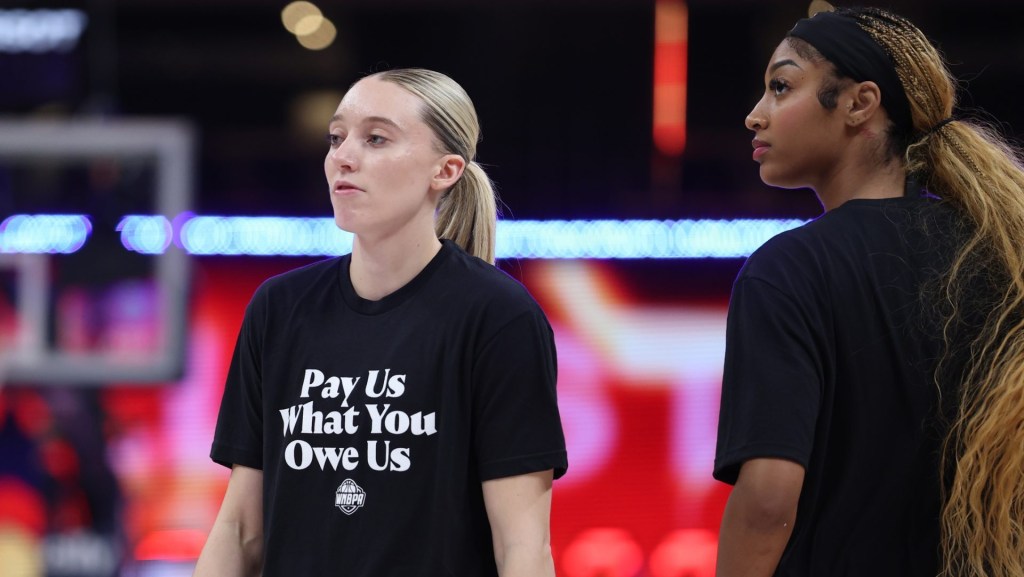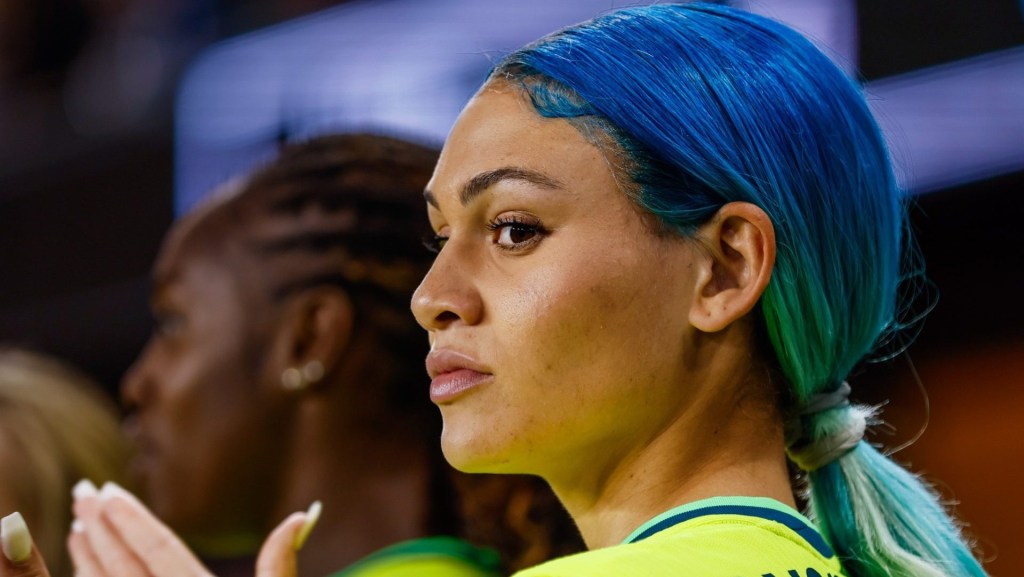Outside of hockey’s tight circles, few Americans knew about the Canadian Hockey League (CHL) until a couple of months ago, when rumors picked up that the presumed first-overall pick in the 2026 NHL draft was leaving it behind.
On July 8, 17-year-old Gavin McKenna confirmed he’d be departing the Western Hockey League (WHL), part of the CHL, to play at Penn State. Most people also had not heard of Medicine Hat, Alberta, where McKenna dominated with the Tigers for three seasons.
The upcoming 2025–26 season marks the first in which players from the CHL—which also includes the Ontario Hockey League (OHL) and Quebec Maritimes Junior Hockey League (QMJHL)—are eligible to play in the NCAA. The CHL, widely considered the top junior development league, hosts players as young as 15 as they prepare for the NHL draft. Previously, prospects would have to choose between NCAA hockey or the CHL, as CHL skaters had been considered pros and barred from college due to amateurism policies. But the rules changed in November 2024, following an antitrust lawsuit filed against the NCAA in August.
After the NCAA Division I council marked CHL players as college eligible, all eyes quickly turned to elite prospect McKenna and his draft-eligible season. Would he stay? Would he go?
Alongside him, the league has seen immediate attrition. Projected top-three 2026 NHL draft pick Keaton Verhoeff, 16, committed to play at the University of North Dakota after two seasons with the WHL’s Victoria Royals. The loss of these particularly young skaters is the exception, not the rule—only five CHL players for their upcoming 17- and 18-year-old seasons have jumped to the NCAA, and 85% of the 150 college commitments have come from players forgoing their overage seasons at 20 (only three of these “OAs” are permitted on a team), or graduating players at 21.
Still, Shane Malloy, who hosts Hockey Prospect Radio on SiriusXM NHL Network Radio and studies the business of hockey at the University of New Brunswick, says there’s a good reason some CHL skaters will be transitioning to the NCAA. The average age of a CHL player is 18.5; it’s about 22 in college. Along with other college hockey insiders, he believes the option to move to the NCAA’s older, faster, and more physical game is advantageous for young players—and even the NHL, which could receive more developed talent as a result.
The rule change wasn’t a surprise for the CHL itself, but its fallout has quickly put the league in a position where it needs to push back against perceptions that the NCAA is going to siphon off every good player. It knows it has hit a new frontier and will have to respond, both in terms of its narrative and what it can tangibly offer players. But right now, CHL president Dan MacKenzie tells Front Office Sports that the league is fighting against the unknown: a shapeless problem with an equally shapeless answer.
At least some competition between the NCAA and the CHL is now inevitable.
The NCAA has a clear leg up in some places. For one, many U.S. university facilities and resources outstrip those of CHL teams—even some NHL franchises. But the biggest advantage is money: Some college programs are putting six-figure NIL payments on the table for coveted prospects; McKenna reportedly received $700,000 to sign with Penn State. It’s not a one-for-one with a meaty NIL deal, but CHL member leagues cover cost-of-living expenses up to $600 a month, which can include food, housing, education, travel, and training. Malloy believes CHL GMs won’t be able to make the most elite players stay if they’re flirting with leaving for college.
MacKenzie is not worried about hemorrhaging talent or losing crucial gate revenue if another marquee player departs. Star-driven ticket sales are a perk, but revenue isn’t contingent on an annual drumbeat of prodigies like McKenna or 2023 first-overall NHL draft pick Connor Bedard, who played three seasons with the WHL’s Regina Pats. Community buy-in keeps attendance high across leagues; this year, the OHL set a record.
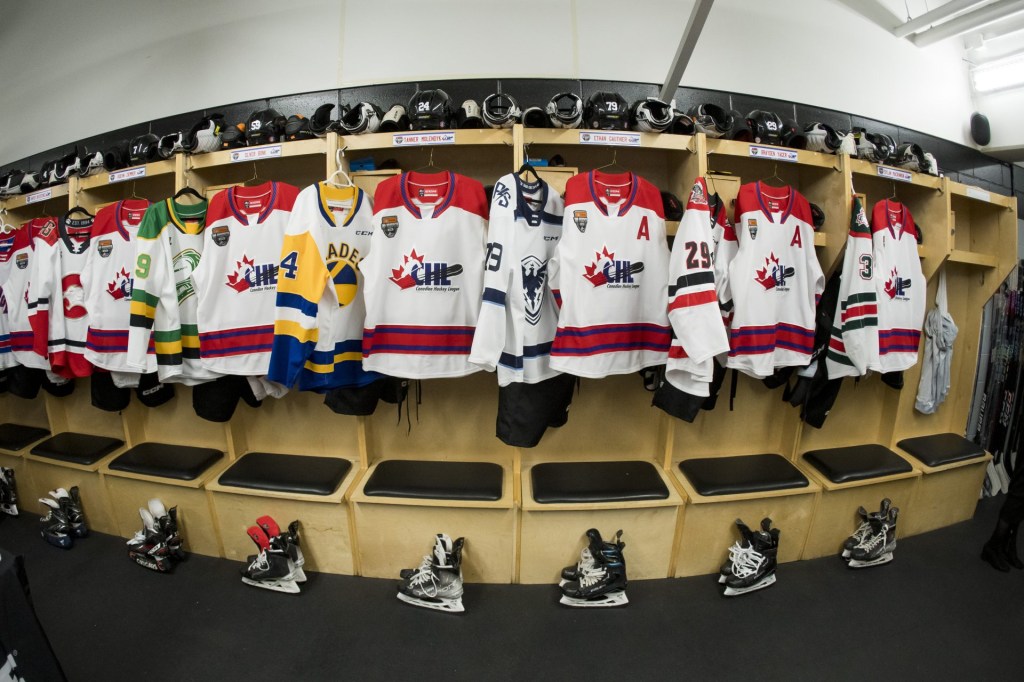
Still, he knows the CHL will have to step up in some way.
They’re starting in places that don’t require “significant capital investment,” including leveling up coaching, sports science, nutrition, mental performance, and strength and conditioning. Facility upgrades and new arenas, too, are coming across all three member leagues. The CHL is also focusing on rule changes that allow an increasing number of international players on rosters, and also make it easier for skaters to return to the CHL “if it works out that their NCAA experience isn’t what was promised,” he says.
Outside of league investments, many CHL teams also have significant financial engines behind them, including the WHL’s Edmonton Oil Kings and Calgary Hitmen, both of whom are owned by NHL entities; as well as the QMJHL’s Moncton Wildcats, funded by Canadian billionaire Robert Irving of J.D. Irving Limited. There is money to address the future, says Malloy.
Malloy believes opportunity exists for both leagues in this new era—if they can avoid an adversarial tug-of-war for the best skaters.
“We need to stop in hockey the pissing contest between the different leagues,” he says. “It shouldn’t be hockey versus hockey. It should be hockey versus basketball, or hockey versus baseball, or hockey versus football, or hockey versus every other entertainment product that’s out there that takes eyeballs away from hockey.”
Malloy thinks the imperative should be increasing CHL exposure to the new audiences tuning in on major U.S. networks as the NCAA game grows with players like McKenna, such as getting CHL team names on big-network broadcasts.
“I think there’s going to be some really interesting storylines in the NCAA that involve some very, very, very, very talented players who came through [the CHL]. And I think that will help over time,” MacKenzie says. “If fans of the big U.S. schools get a better understanding of our clubs and the development path that our players have come through, and the result has been that their teams are a lot better—I think that does provide us with a really good opportunity.”
The record-breaking goal for Keaton Verhoeff!
— Victoria Royals (@victoriaroyals) March 8, 2025
🎥 Carson Echlin pic.twitter.com/2p8w7BeE8J
But they diverge from there.
Malloy thinks the CHL needs to bill itself as the breeding ground for NCAA stars, who then become pro stars. (The United States Hockey League, for example, has run commercials during the college hockey season positioning itself as a pipeline for NCAA players.) “It’s exactly the same as what baseball does now: There’s going to be a Single-A, Double-A, Triple-A, before you get to the NHL. This is what we haven’t had in hockey,” he says.
The CHL, says MacKenzie, thinks it’s a good thing that players have more options. But he doesn’t agree that the rule change knocks them down a peg. For instance, he argues the CHL—which has 64- and 68-game seasons—is the best way for junior players to prepare for the huge adjustment to the grind of the long pro campaign, which will extend to 84 games when the new CBA takes effect in 2026–27.
He also points to June’s NHL draft, where the CHL minted two-thirds of the first-round picks, including first-overall selection Matthew Schaefer, 17, who played for the OHL’s Erie Otters. More than 160 players are coming into the CHL this year, including newly college-eligible players; additionally, three NHL draft picks who originally committed to NCAA teams for 2025–26 have changed their decisions or deferred college to return to their CHL clubs.
“We’re not going to probably know the full impacts of this rule change in player movement trends for at least a year or two, maybe three,” he says. “At the end of the day, we’re going to aggressively defend our position as the top development league in the world. We know how to produce elite-level hockey players, and I don’t think that’s going to change.”
The back-and-forth will continue for now, especially while everything is so new: The puck hasn’t even dropped on this novel college season that’s changed everything.
“I think uncertainty is always the thing in business that you want to control,” says MacKenzie. “What keeps me up at night would be, ‘How are we going to be able to deal with the unintended consequences of some of the things that happen here with the changes to the system?’ We’re not scared of that.”
Malloy agrees there will be a lot to learn, and fast: “We’ve opened Pandora’s box, and we don’t know what’s next. … We don’t quite know the ball is still bouncing, and we’re not sure whether it’ll keep bouncing or where to land.”
